When the check engine light comes on, you can guess, or you can check. An obd scanner gives you fast, reliable data from the vehicle’s ECU so you can decide the next step with confidence. In this guide, you will learn what an OBD or OBD2 scanner is, the key differences between basic code readers and full diagnostic scanners, which type suits you best, and which features actually matter for Australian vehicles and workshops. You will also get a simple step by step workflow and a short buyer’s guide by use case.
What Is an OBD/OBD2 Scanner?
An obd scanner connects to the OBD2 port and communicates with control modules to retrieve fault codes, live data, and service information. Always check that your vehicle is OBD2 compliant. Compliance varies by make, model, and year.
Core functions:
-
Read and clear diagnostic trouble codes
-
Display live data such as fuel trims, O2 sensor voltage, coolant temperature, and MAP or MAF readings
-
Show freeze frame data to capture conditions when a fault set
-
Perform service functions on supported vehicles, such as battery registration or EPB service

Code Readers vs. Diagnostic Scanners (Key Differences)
Code Reader
-
Reads and clears codes with short descriptions
-
Good for quick checks and beginners
-
Limited data and few service functions
Diagnostic Scanner
-
Adds rich live data, graphing, and sometimes bi directional tests
-
Wider module coverage and guided procedures
-
Ideal for professional workflows and faster approvals
Bluetooth, Handheld, or Tablet - Which Is Right for You?
Side-by-side comparison
|
Criteria |
Bluetooth (dongle plus app) |
Handheld |
Tablet |
|
Typical cost |
Low |
Medium |
High |
|
Ease of use |
Easy once paired |
Plug and play |
Very easy, guided |
|
Screen and UI |
Phone screen, app based |
Small screen, menu driven |
Large touchscreen, fast |
|
Live data and graphing |
Good in quality apps |
Good to very good |
Excellent |
|
Bi directional tests |
Rare |
Some models |
Common on pro units |
|
Service functions |
Limited |
Moderate |
Broadest |
|
Vehicle coverage |
Varies by app and adapter |
Solid on many models |
Widest on pro lines |
|
Connection stability |
Depends on phone and adapter |
Very stable |
Very stable |
|
Reporting |
In app, export varies |
Basic to good |
Professional PDFs, shareable |
|
Best for |
DIY, pre purchase checks |
Serious DIY, mobile tech |
Busy workshops |
Who should choose which type
|
Use case |
Recommended type |
Why |
|
DIY and first scanner |
Bluetooth |
Lowest cost, flexible apps, easy dashboards |
|
Mobile technician |
Handheld |
Rugged hardware, stable cable, fast scans |
|
Workshop that needs coverage |
Tablet |
Broad coverage, guided tests, pro reports |
|
Data logging and gauges |
Bluetooth |
Apps make custom dashboards simple |
|
Frequent service functions |
Handheld or Tablet |
Access to resets and guided service procedures |

Must-Have Features (Live Data, Bi-Directional, ABS/SRS)
-
Vehicle coverage for AU models: verify support for your makes, years, diesel platforms, and common modules
-
Live data depth: trims, O2 behavior, misfire counters, graphing for faster triage
-
Bi directional tests and service functions: where supported, these reduce time to root cause
-
Update policy and local support: active databases and responsive help save hours over the life of the tool
-
Report quality: clean PDFs and shareable findings build customer trust
How to Use an OBD Scanner (Step-by-Step)
-
Find the OBD2 port
Usually under the steering column. Some models place it behind a small panel. -
Connect and power
Bluetooth: plug in, ignition ON, pair in app.
Handheld or tablet: plug in, ignition ON, follow prompts. -
Identify the vehicle and scan
Auto detect if available. Run a full system or at least an engine scan. Record stored and pending codes. -
Interpret with live data
Check trims, O2 response, coolant temp, and relevant PIDs to verify the cause, not just the code name. -
Fix, clear, and road test
Perform basic checks, complete the repair, clear codes, and confirm with a drive cycle and rescan.
Compare OBD scanners to match your budget and features.
Common Mistakes & Safety Tips
-
Clearing codes before saving data. Always capture codes and freeze frame first.
-
Replacing parts based on a code name only. Validate with live data and service info.
-
Ignoring power supply. Low battery voltage can create false faults. Use a maintainer during long sessions.
-
Skipping updates. Firmware and database updates add coverage and fix issues.
-
Using clone Bluetooth dongles. Cheap chips can drop connections or report bad data.
Best Scanners by Use Case (DIY, Mobile Tech, Workshop)
-
Reliable Bluetooth dongle plus a reputable app
-
Focus on stable pairing, clear code help, and simple dashboards
Mobile technician or serious DIY
-
Mid range handheld with strong live data and common service functions
-
Balanced speed and portability
-
Pro tablet with wide AU coverage, bi directional capability, guided tests, and professional reports
-
Highest upfront cost, fastest return through time saved

FAQ (compatibility, apps, warranty, AU standards)
Does an obd scanner work on all cars?
Most OBD2 compliant vehicles. Advanced functions vary by make and model.
Is OBD the same as OBD2?
OBD2 is the modern standard with a common connector and protocols. It is different from earlier OBD systems. Always verify OBD2 compliance in Australia.
Which apps work with Bluetooth scanners?
Use reputable apps that support your adapter and vehicle protocol. Check for live data graphing, logging, and reliable DTC libraries.
Will clearing codes fix the problem?
No. Clearing turns the light off but does not repair the cause. Confirm the fix with data and a road test.
Do you provide warranty and support in Australia?
Yes. Buying locally provides warranty coverage and access to technical support for setup and updates.
An obd scanner turns warning lights into a plan. Choose the right type for your work, focus on features that save diagnostic time, and rely on local support when you need it.
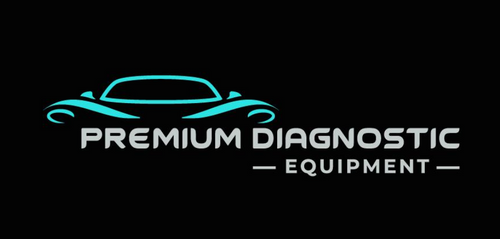
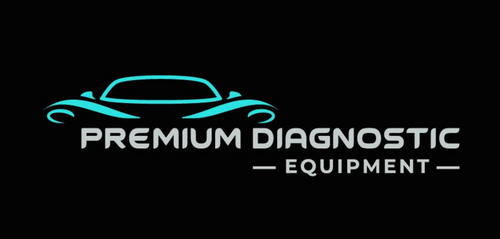
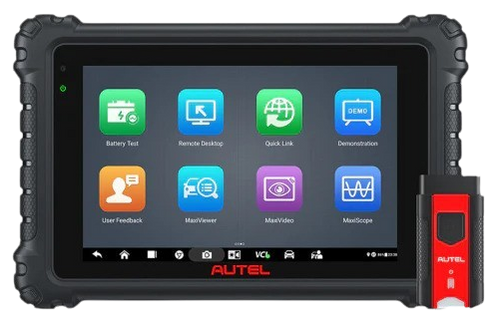
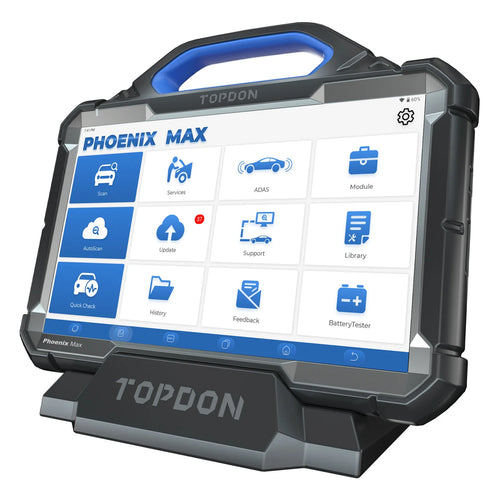
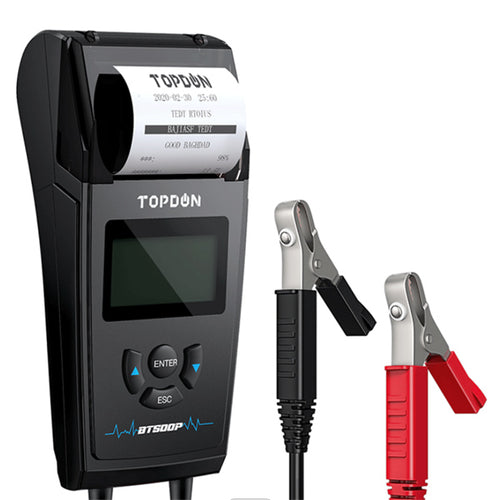
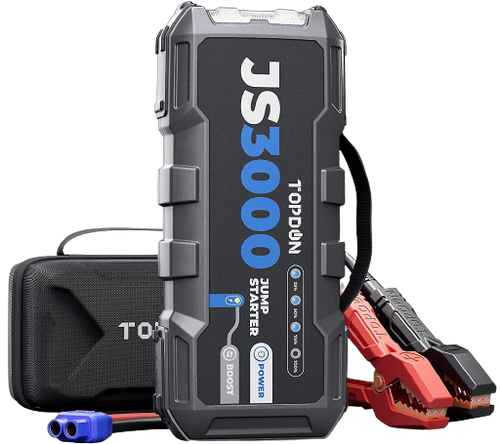
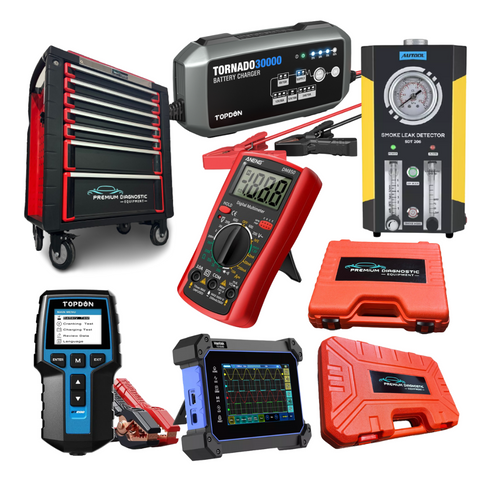
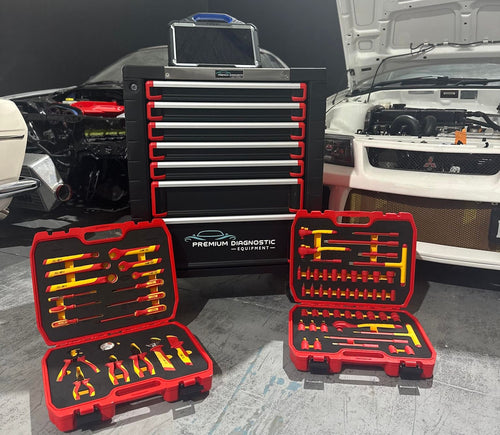
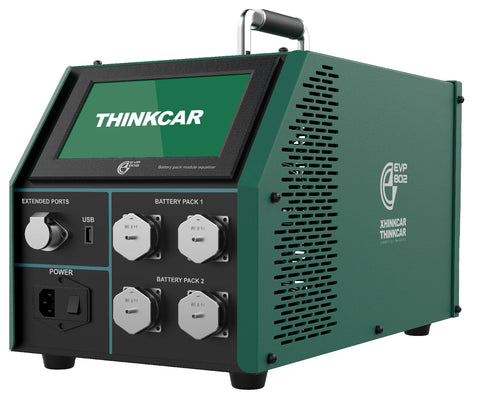
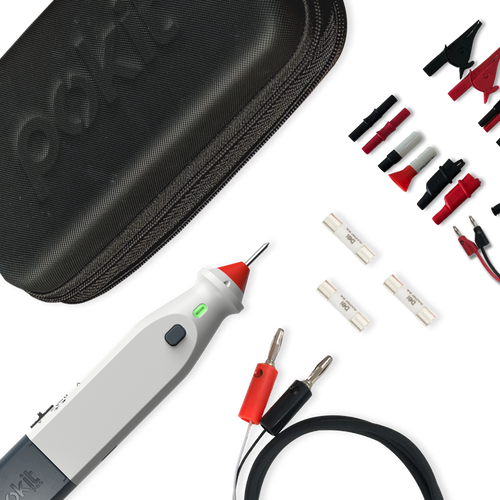
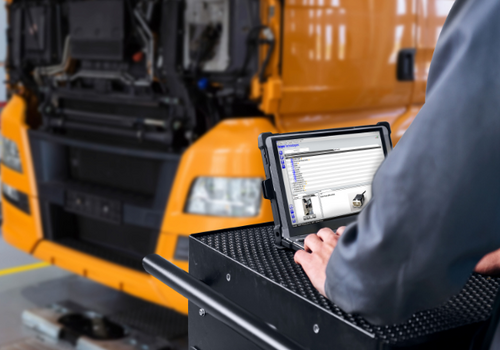
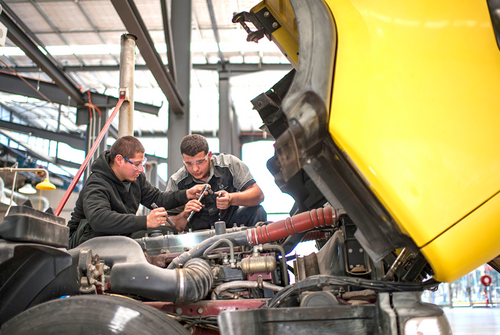
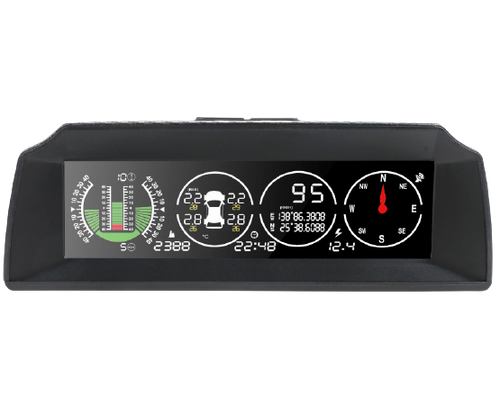
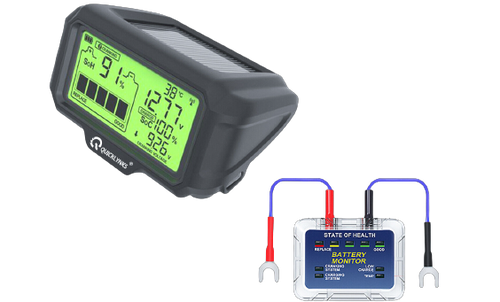



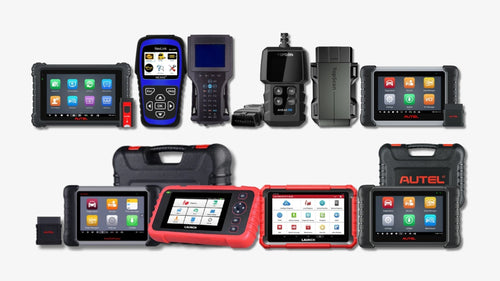

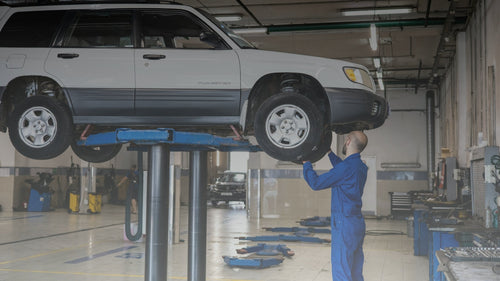
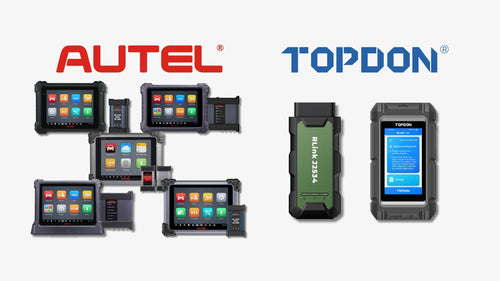
Leave a comment (all fields required)